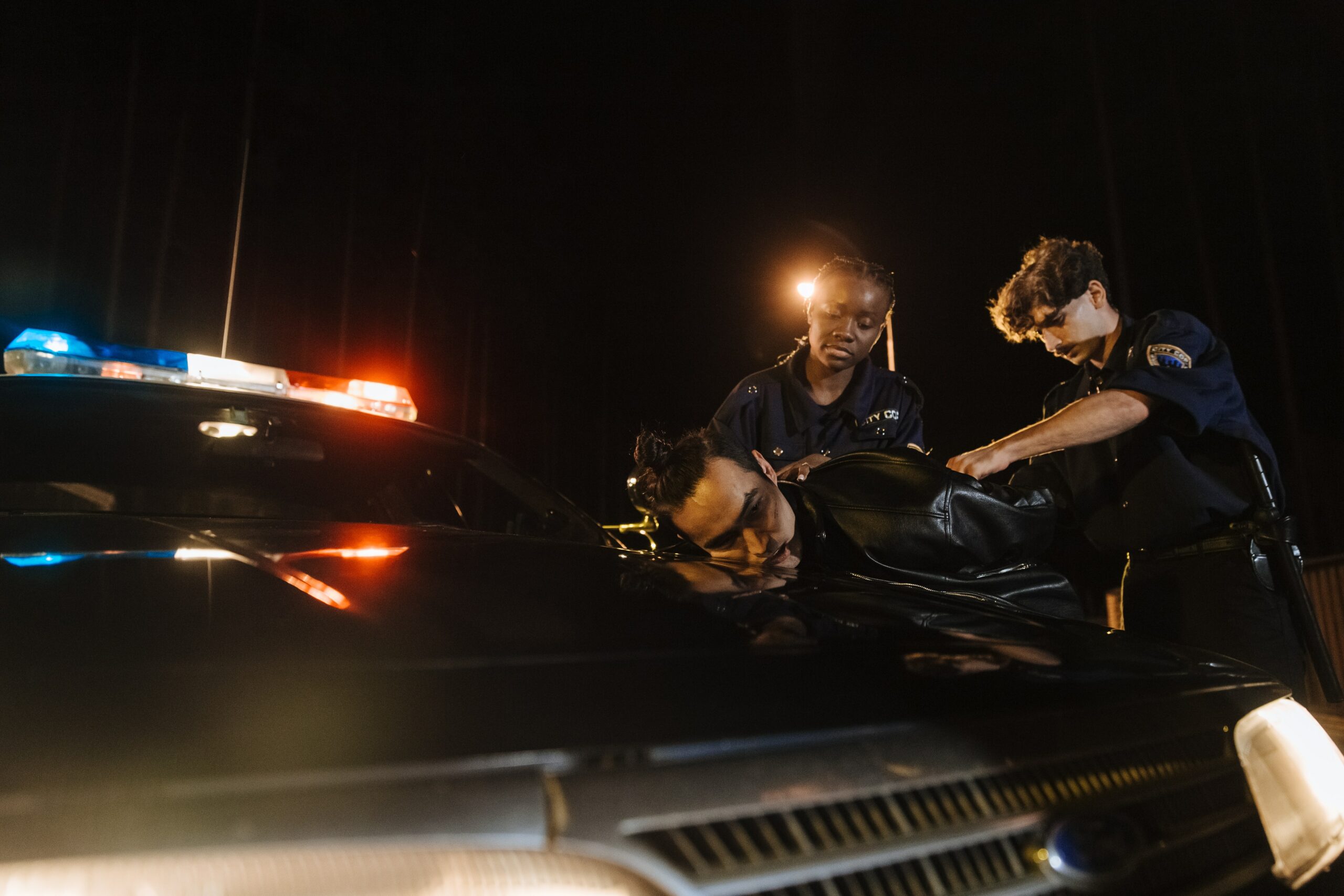When you hear the word terrorist, you likely picture sinister forces that impinge upon our national security. Further popularized by thrilling suspense novels and movies, terrorists have become synonymous with shadowy, menacing figures from foreign soil, threatening the U.S. on grounds of radical religious fervor. But actual terrorism is far more common, domestic and realistically [...]
Catanzaro Law Explores The 3 Benefits Of Expungement
How long should past mistakes cause a penitent person to suffer? Is a system that shuts out those with a criminal record encouraging improvement or repeat offenders? If you have a criminal record, you’ve likely wrestled with these troubling thoughts and harsh realities. The good news is this: for many of you, there’s hope to [...]
Exploring Expungement In New Jersey With Catanzaro Law
Living with a criminal record in New Jersey can feel overwhelming and devastating; a blemished record can turn even the simplest procedures into drawn out difficulties. Job applications, housing opportunities and even educational advancement can be hampered by an unclean record. But errors of the past don’t have to be life sentences, and exploring expungement [...]
3 Contributing Factors Leading To Holiday Domestic Violence
Though temperatures are steadily falling, tempers may be on the rise; for couples in unstable relationships and families already experiencing emotional turbulence, the holiday season can be a gauntlet of angry outbursts and anxiety rather than a cushion of comfort and joy. Peak heating costs, the financial pressure of presents, and the weight of expectation [...]

How To Avoid A DUI This Holiday Season
If you enjoy a drink or two around the holiday season, you can hardly be blamed. But if you need to drive home after a night of Christmas carousing, you better think before you drink. There’s a fine line between sober and sloppy - one that’s clearly delineated in the state of New Jersey. So [...]
The Price for Shoplifting in New Jersey – 4 Degrees
Though the days may be merry and bright this holiday season, all that light can cast some long, dark shadows. Crime statistics are known to increase over the holidays, most particularly in the area of theft. While theft during this time can take many forms, one of its most common expressions is shoplifting, as the [...]
Exposing The Seriousness Of Stalking With Catanzaro Law
The word “stalker” has been trivialized by teen lingo and silver screens, divorced from danger and urgency by a sensationalized familiarity. However, the public’s misguided perception of stalking is sharply contrasted by its frightening reality, relevance and gravity. What may at first seem like creepy annoyance or light harassment can in fact be the beginnings [...]
Why You Should Never Hit And Run
Though the idea of avoiding consequences is enticing, it always leads to compounding complications further down the road. This couldn’t be better exemplified than in the case of a car accident. Because car accidents can often result in high out-of-pocket payments and soaring insurance premiums, the temptation to flee the scene is especially powerful, reinforced [...]
Bringing Down Bribery In Official and Political Matters
Anyone who’s enjoyed a good crime flick or mystery movie knows that Hollywood has a knack for dramatizing bribery; what you may not know is just how real and dangerous actual bribery is. The silver screen may embellish, but bribery in official and political matters is a clear and present danger. Today’s post will feature [...]
Classifying Cyber Crime
There was a time when crime was largely personal. Physical bank robberies, murder and and sexual assault characterized the face of criminality; intimate acts committed physically by real, definable, palpable perpetrators. But there’s a new player in the criminal world, one that’s rapidly become one of the most widespread and devastating categories of crime. Continuing [...]